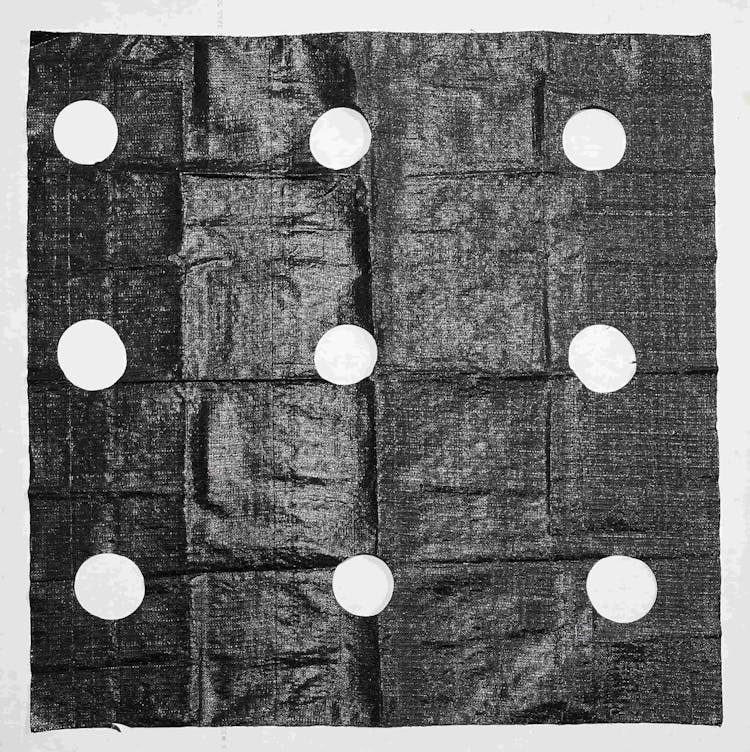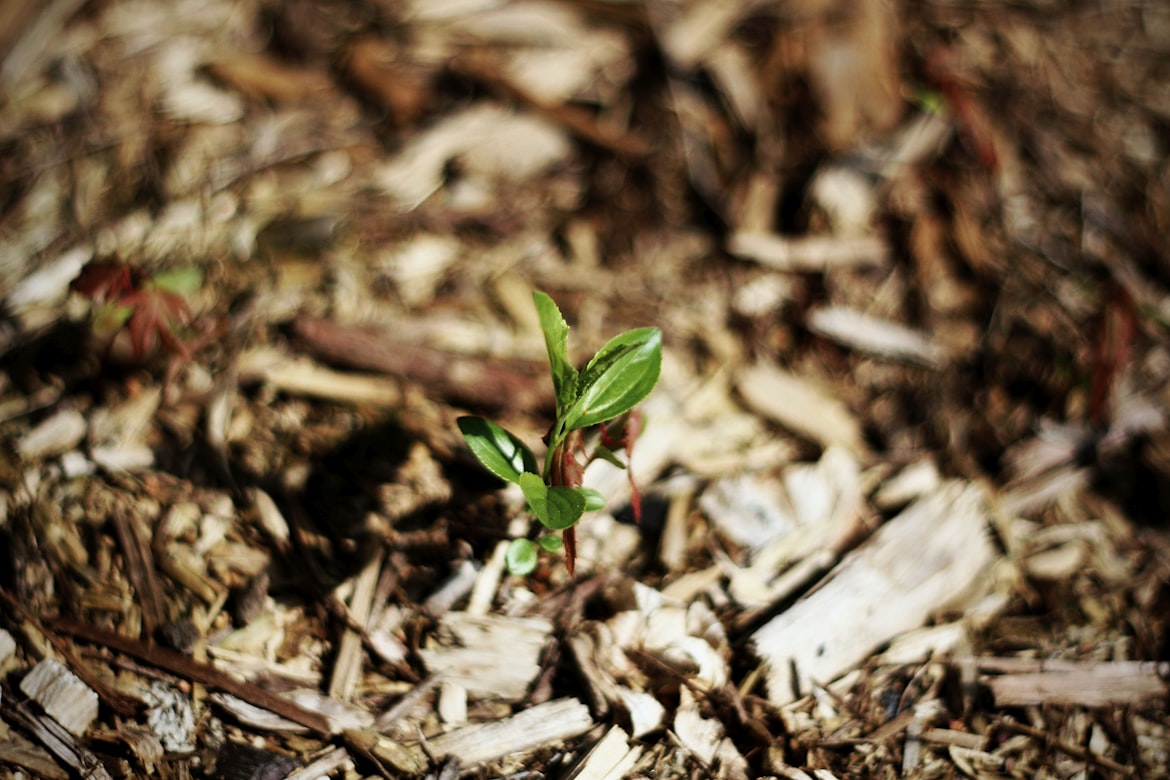Gardening offers immense joy through its therapeutic and rewarding aspects, fostering a sense of accomplishment and connection with nature. Witnessing seeds sprout into vibrant blooms or fresh produce brings satisfaction and tranquility.
However, it can also pose challenges. The unpredictable nature of weather, pest invasions, or plant diseases can be stressful, testing patience and resilience. Balancing the delights of nurturing greenery with the demands of troubleshooting issues creates a fulfilling yet occasionally daunting experience. Ultimately, the joy of watching a garden thrive often outweighs the challenges, offering a fulfilling and enriching journey for gardening enthusiasts.
This post will serve as a guide exploring the benefits of various stress-free and maintenance-free gardening techniques.
Weed Mats and Mulching in Gardening: Stress-Free &Maintenance-Free Gardening
Weed mats, also known as landscape fabric or weed barriers, are absorbent materials designed to suppress weed growth while allowing water, air, and nutrients to penetrate the soil. These mats typically consist of woven or non-woven fabrics made from synthetic materials like polyester or polypropylene. They come in various thicknesses and strengths, offering durability and resistance to degradation from sunlight.
Weed mats are installed on the soil surface before planting or mulching. Their porous nature allows water to permeate, ensuring adequate soil hydration while also facilitating air circulation and nutrient exchange, which is crucial for plant health.
These mats come in rolls or sheets and are cut to fit specific garden bed sizes or plant areas. They are commonly used in landscaping, vegetable gardens, flower beds, and under pathways or gravel areas to maintain a weed-free surface, promote healthier plants, and create a more aesthetically pleasing garden space.
Mulching, on the other hand, is a gardening technique that involves covering the soil surface around plants with a layer of material, referred to as mulch. This layer can consist of various organic or inorganic materials, each offering distinct benefits to the garden. Organic mulch includes materials such as shredded bark, wood chips, straw, leaves, grass clippings, compost, or pine needles. They decompose over time, adding organic matter to the soil, enhancing soil structure, and increasing fertility. Inorganic mulches, like stones, gravel, or plastic sheeting, do not decompose. They offer excellent weed suppression and moisture retention but do not contribute organic matter to the soil.

Benefits of Weed Mats and Mulching in Gardening
Here is how weed mats and mulching ensuremaintenance-free gardening:
Improving Soil Health
Weed mats and mulching play an instrumental role in nurturing soil health. These materials act as protective layers, shielding the soil from extreme temperatures and erosion. They encourage the development of a healthy soil structure by fostering microbial activity and organic matter decomposition, enhancing overall soil fertility.
Conserving Moisture
One of the significant benefits of weed mats and mulching is their ability to retain soil moisture. By creating a barrier between the soil and the atmosphere, they reduce evaporation, ensuring a consistent moisture level in the soil. This conservation of moisture is particularly beneficial during hot and dry periods, minimizing the need for frequent watering.
Optimal Watering and Fertilizing
With weed mats and mulch in place, gardeners can achieve more efficient watering practices. The moisture-conserving properties allow for a reduced frequency of watering while ensuring plants receive adequate hydration. Additionally, these materials aid in preventing nutrient leaching, enabling better absorption of fertilizers by plant roots, and promoting healthy growth.
Overall Appearance of the Garden
Weed mats and mulching greatly contribute to the aesthetic appeal of gardens. Beyond their functional benefits, they offer a polished and tidy appearance to garden beds. Mulch, available in various textures and colors, adds visual interest, complementing the overall landscape design while creating defined garden areas, reducing weed growth, and adding a finishing touch to the garden’s aesthetics.
Environmentally Friendly Practices
Furthermore, weed mats and mulching align with environmentally friendly gardening practices. They reduce the need for chemical weed control methods, promoting natural weed suppression while fostering a more sustainable garden ecosystem. As these materials decompose, they contribute to the organic matter content of the soil, improving long-term soil health and sustainability.
Thus, integrating weed mats and mulching into gardening practices offers multifaceted benefits. From nurturing soil health and conserving moisture to enhancing the garden’s appearance and promoting eco-friendly methods, these practices stand as valuable tools for gardeners seeking healthy, efficient,and visually appealing gardens.
Looking to Build A Maintenance-Free Garden? GardenEZ Is The Answer!
Transform your gardening routine with ease! Explore Weed Free Gardening’sGardenEZ kit—a hassle-free solution with weed mats, UV-resistant planters, and a drip irrigation system. With four simple steps, you can install this cost-saving gardening kit and start witnessing the bountiful view of your garden. Optimize plant care with durable, UV-resistant materials and optional Bluetooth timers. Elevate your gardening game by placing an order now!


